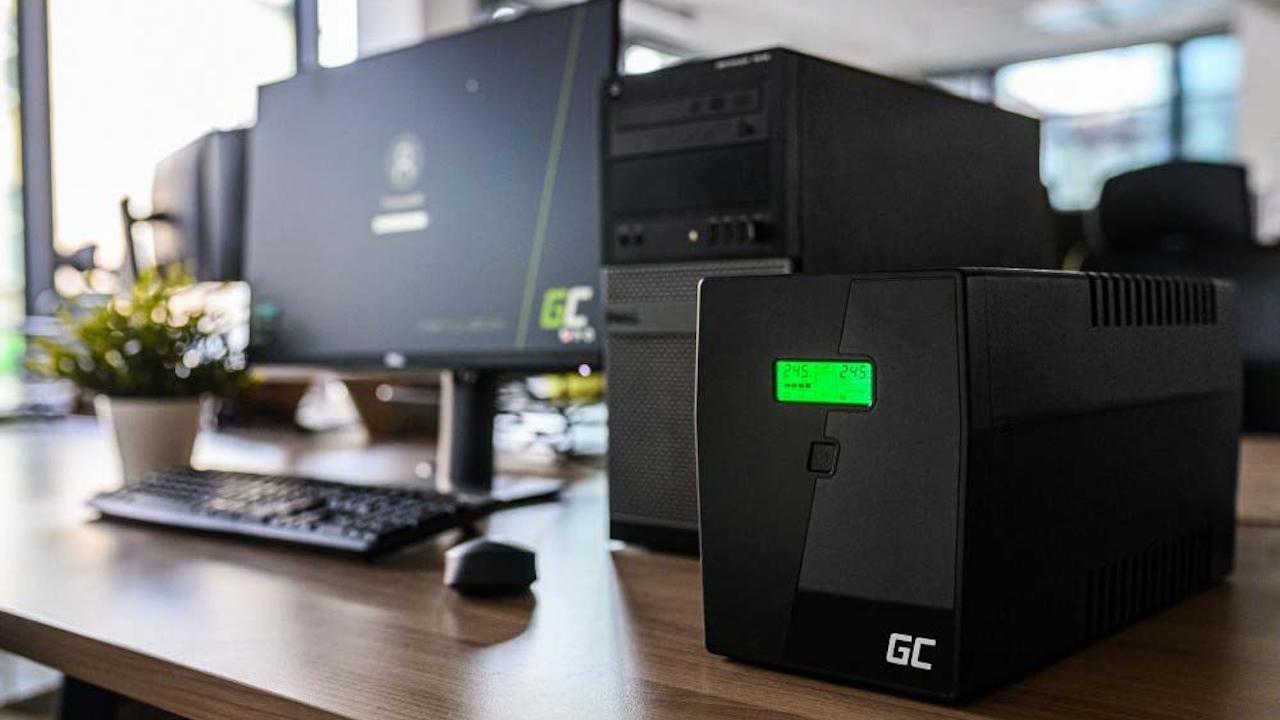For those who don’t know, a UPS is an uninterruptible power supply. Basically we could define it very informally as a power strip where we can connect our PC but with a battery so that in the event of a power failure it has autonomy to keep the devices on and thus not lose data or connections.
These types of devices belong to large companies where a power outage does not cause harm if they have a server installed or people working at the time. Although it usually works with generators of another type because an inverter has a limited autonomy. Today we will see how many.
Can an inverter last 24 hours?
The easy answer is no. That would be impossible, at least with those that currently exist. Although it all depends on what you want to keep. A computer with its working monitor, router and printer is not the same as a NAS or a simple router.
Today there are many brands and products on the inverter market, we can find very basic and cheap ones, like this one from Green Cell with a power of 600VA (360W) which would be designed for micro power cuts since it could not support the load of a PC with its monitor for several minutes (if it manages to resist it with only 360W of maximum power), although it would help us maintain a router for a good period of time.
On the other hand, there would be more professional models like this one from the Schneider brand, with a power of 2200VA (1400W), which would already give us more than 1 hour of connection with our PC and monitor and several from a router.
The important thing comes to us when we try to make it last 24 hours, in this case if we only have a PC+ screen, which consumes on average more than 250W. We should look to an inverter that would be impossible to market due to cost and size. Its manufacture could exist but it would not be profitable.
The calculation of the time that the autonomy of an inverter would last is calculated according to the following formula:
Time (mins) = [(Número de baterías x Voltaje x Amperios/h x Eficiencia)/ VA]*60
Being VA the power of our inverter which is calculated by dividing the consumption (in this case 250W) x the power factor which is between 0.6 and 0.7, but being pessimistic we will leave it at 0.6. In the example now it would be 250/0.6 = 416VA
In other words, to get those 1440 minutes of a full day, the number of batteries, voltage, amps and other factors would have to be extremely high and expensive.
It would be necessary to increase to approximately 100 12 V and 9Ah batteries to produce energy for 24 hours, counting that the professional teams have about 6 batteries of this type. I should put together about 16 professional teams.
If we want to achieve this, we will have to turn to generators like this, which are very expensive and would also not be for home use. UPSs are prepared for power outages and emergencies, not as external batteries.
So, if you were thinking of buying a device that could support your computer in the event of a power failure for an entire day, I must tell you that for now you will have to wait or buy an external generator.









